Sydney storms: 43 years ago one of the worst storms in history hit the east coast
THE Sydney storms that lashed our coast and homes at Collaroy on the northern beaches causing severe damage were devastating but as these photos from 1974 show, it wasn’t the first time.
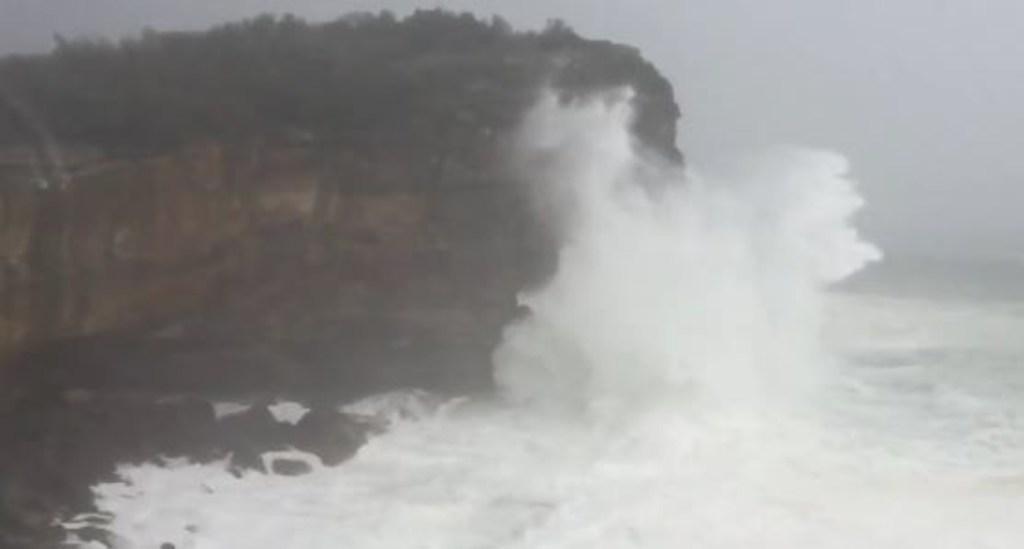
Nth Beaches
Don't miss out on the headlines from Nth Beaches. Followed categories will be added to My News.
EARLIER this month, Sydney was lashed by an east coast low that drenched the city and whipped up seas that caused severe damage, especially at Collaroy. But 43 years ago a spate of storms wreaked much greater damage along the coast.
Between May 24 and June 16, 1974, the Sydney coastline was lashed by three storms that caused enormous damage to the coastline and altered the built landscape forever.
And the worst of them — the Sygna Storm — is regarded as one of the three most severe storms to hit the Sydney coastline since white settlement.
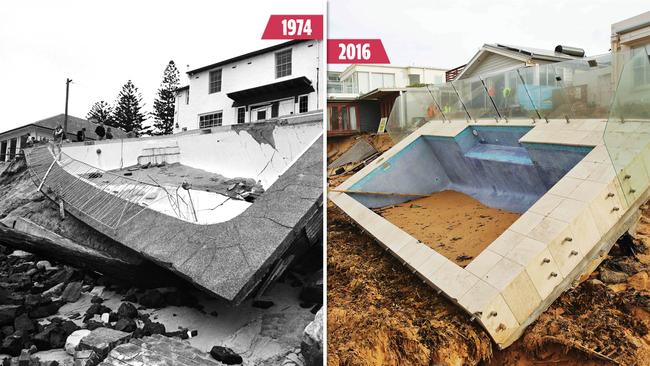
According to a 2008 study by Griffith University academics Jeff Callaghan and Dr Peter Helman, the three most severe storms to hit Sydney since 1778 were the Cawarra Storm in 1866, the Maitland Gale in 1898 and the Sygna Storm in 1974, all of which were named after the largest ship wrecked during each storm.
The Cawarra Storm in July 1866 claimed more than 100 lives and destroyed 20 ships, including the 522-tonne paddle-steamer Cawarra, which was wrecked near Newcastle with the loss of 62 lives.
The next very severe east coast low was from May 5 to 7, 1898, during which the 880-tonne paddle-steamer Maitland was driven on to the rocks just north of Broken Bay, taking 21 lives. Nine other ships were destroyed.
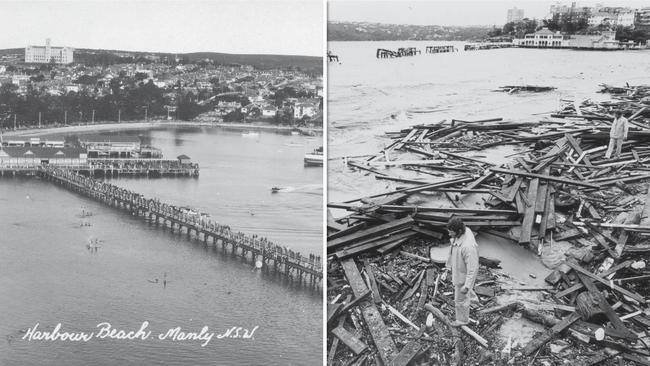
But three storms in 1974 caused enormous damaged along the coastline, exacerbated by unusually high tides caused by syzygy, which is when several celestial bodies are aligned, and perigee, which is when the moon is closest to the Earth.
But the storm which older local residents will remember is the Sygna Storm in 1974, which led to the loss of the 53,000-tonne Norwegian bulk carrier Sygna — the largest shipwreck in Australian history — and the destruction of Manly’s famous harbour pool.
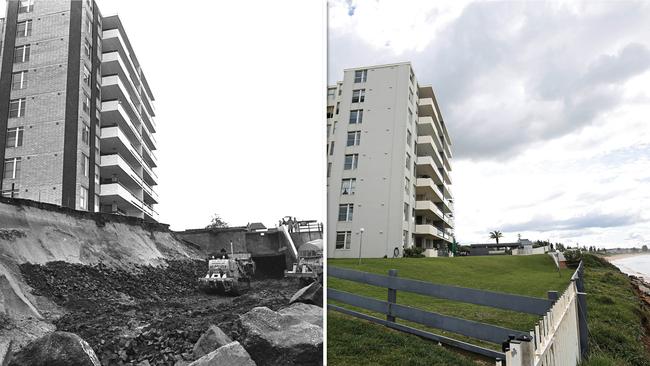
On Thursday, May 23, 1974, a low-pressure system developed about 500km southeast of Sydney that led to increasing wave heights from the southeast as the system deepened.
Then, about midnight on Saturday, May 25, an intense low-pressure cell developed offshore south of Sydney and moved up the coast.
The peak of the storm passed through Sydney about 1am on Sunday, May 26, and reached Taree five hours later, after which it weakened and moved back out to sea.
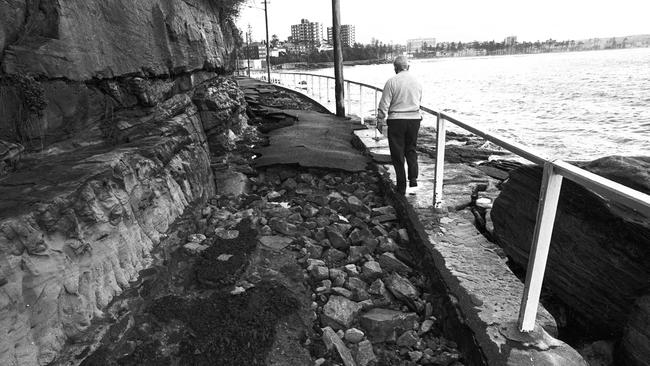
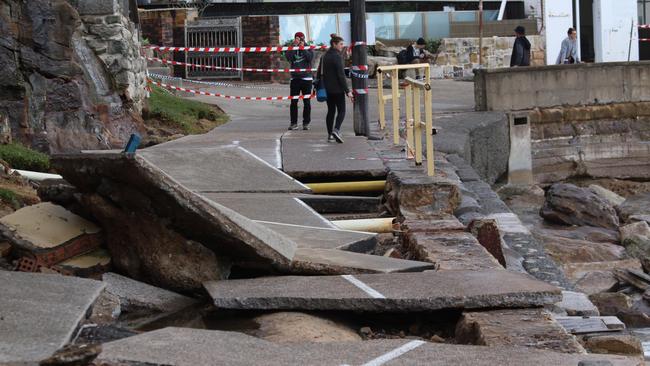
At the height of the storm, winds gusted at up to 165km/h and the significant wave height (the average height of the highest one-third of the waves) off Sydney reached about 9m.
At 2am on Sunday, May 26 the Sygna was driven ashore at Stockton Bight in Newcastle, where part of it remains.
The storm caused a storm surge within Port Jackson — the maximum observed tide was 2.37m at 11pm on Saturday, May 24, compared with a predicted tide of 1.9m.
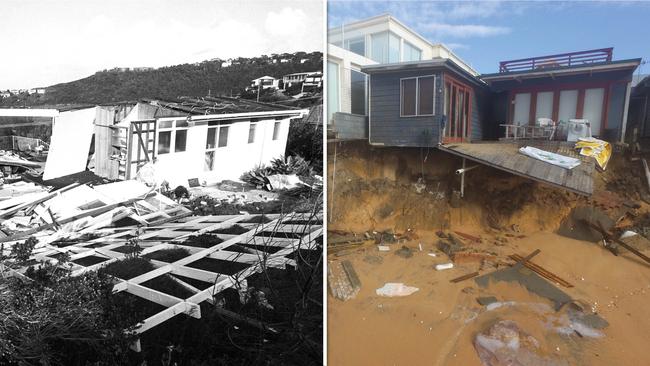
A feature of the storm was the huge waves and severe damage inside Port Jackson, which was closed to shipping.
Within North Harbour, the most dramatic damage was the destruction of Manly’s harbour pool, which had been built in 1931 by the Port Jackson and Manly Steamship Co to attract visitors to Manly and to lift patronage of its ferries.
The 335m-long promenade was pounded by the waves until it gave way, and by Sunday morning the shore of Manly Cove was strewn with the wreckage of the once-grand structure.
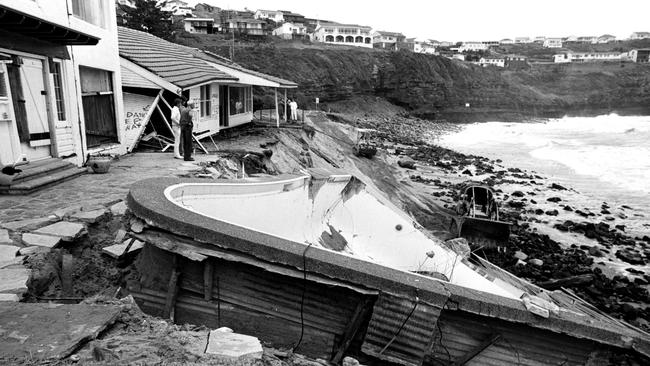
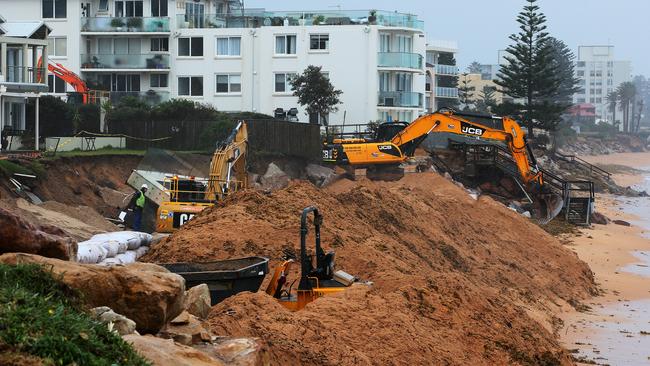
Manly Wharf was damaged and had to be repaired before the ferries and hydrofoils could return to service once the seas had subsided, and the adjacent fun pier was also damaged.
Manly Baths, on the eastern side of Manly Cove, were also damaged, as was Manly 16ft Skiff Sailing Club, while the North Harbour Sailing Club was completely destroyed.
Every one of Sydney’s northern beaches suffered severe erosion, seawalls were undermined and several surf clubs and rock pools damaged.
Bilgola was probably the hardest hit of the ocean beaches.
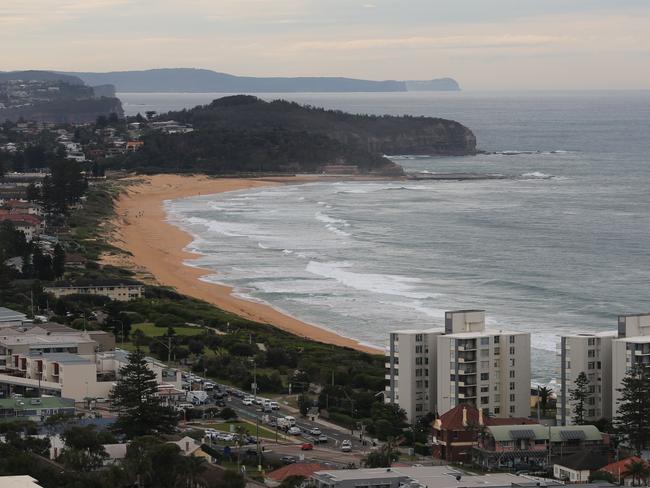
Then, between June 3 and 16, extra-tropical cyclones in the Tasman Sea generated huge seas that again battered the coast.
They demolished or damaged coastal infrastructure and threatened one of the largest beachfront unit blocks on the northern beaches — The Marquesas at Narrabeen.
The only loss of life during the secondary storms was that of a crewman of a yacht, the Wotan, which capsized on June 9 near Terrigal and two men on the state’s far north coast.
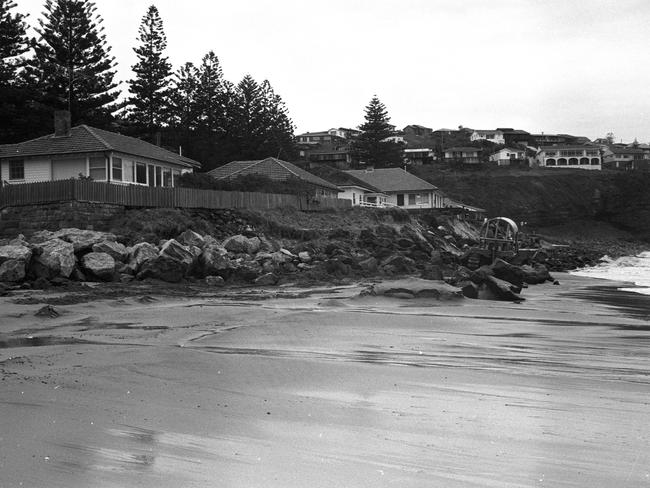
One of the most unusual events, which occurred on June 9, was the loss of hundreds of tonnes of timber from the deck of a ship entering Port Jackson and the sight of all that timber scattered on and around Store, Collins and Little Manly beaches.
The ship was the bulk carrier Star Kerry, which was entering the harbour during heavy seas at 1pm on Sunday, June 9, and was turning to port to head down the western channel.
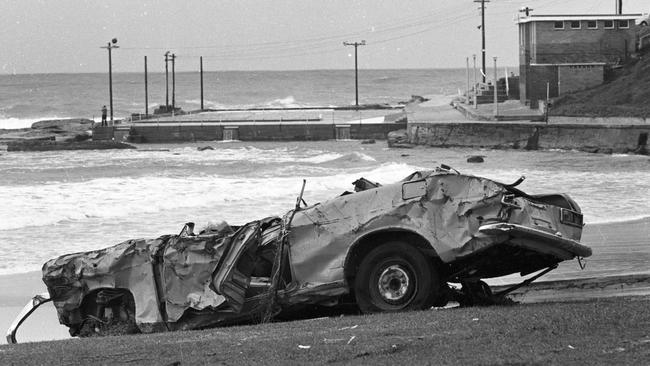
Although the storms subsequent to the Sygna Storm in May were weaker, the damage caused by the earlier storm had weakened coastal structures, such as seawalls, so they more easily succumbed during the June storms. and the prolonged duration of the June storms also continued the erosive effects along the coast and within the harbour.
When the bulk carrier Pasha Bulker was driven ashore at Newcastle in June 2007, many compared that storm with the storms that lashed the coast in May and June, 1974.
But the wave heights and erosive effect on the coastline of the 1974 storms were far greater than those witnessed in the 2007 storm or in the storm that lashed Sydney earlier this month.



